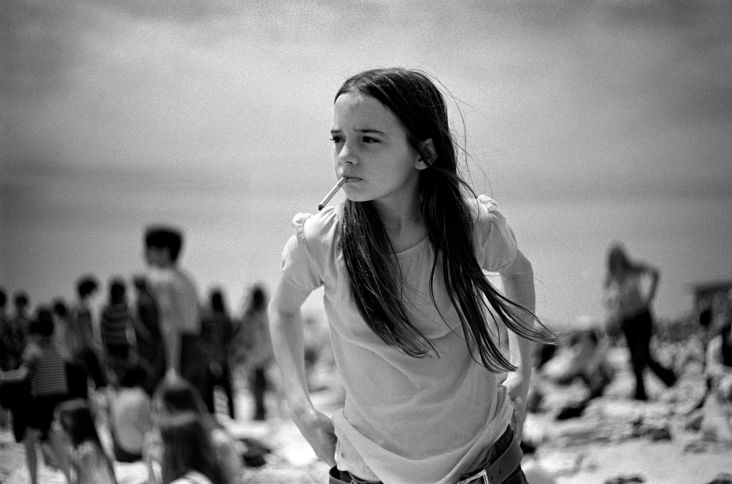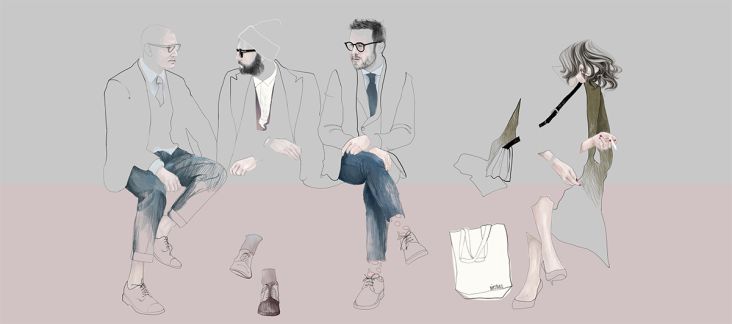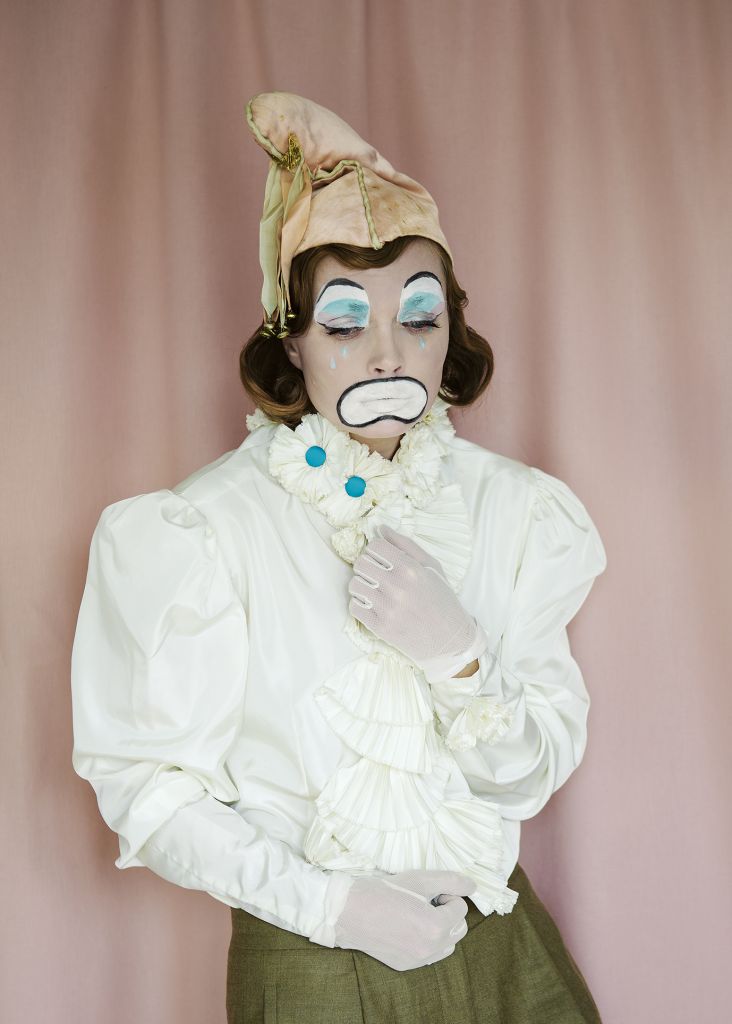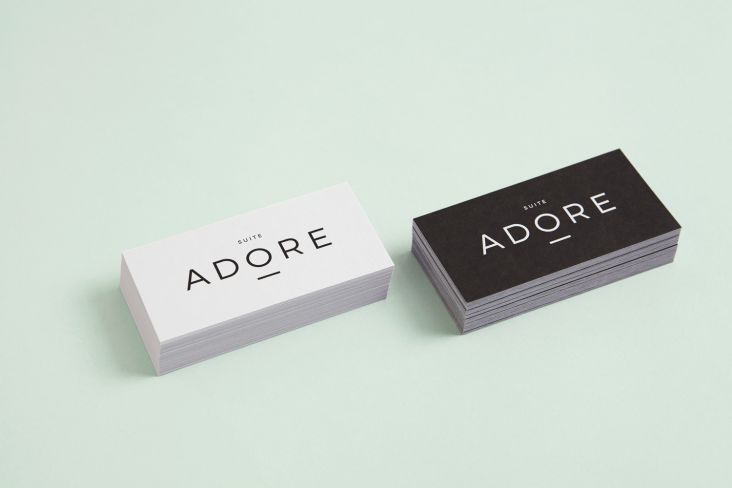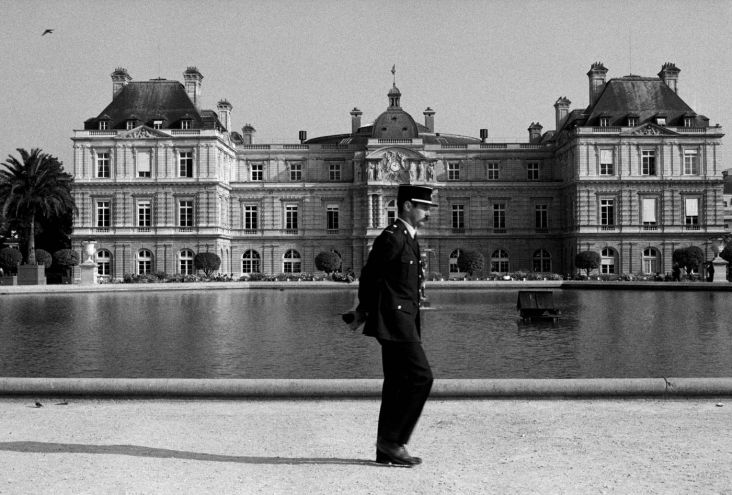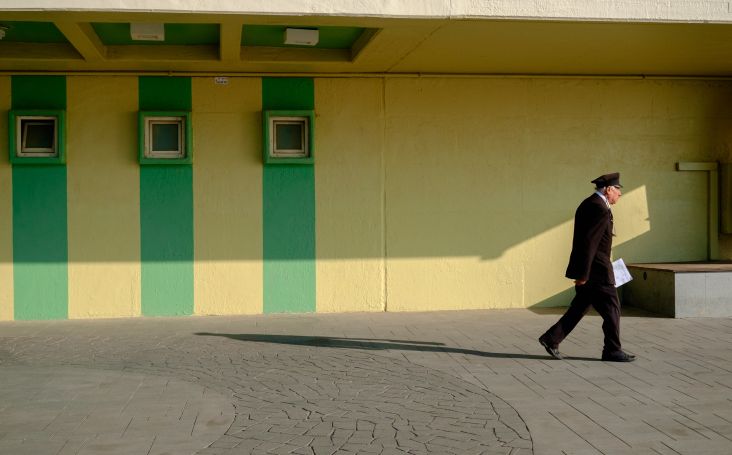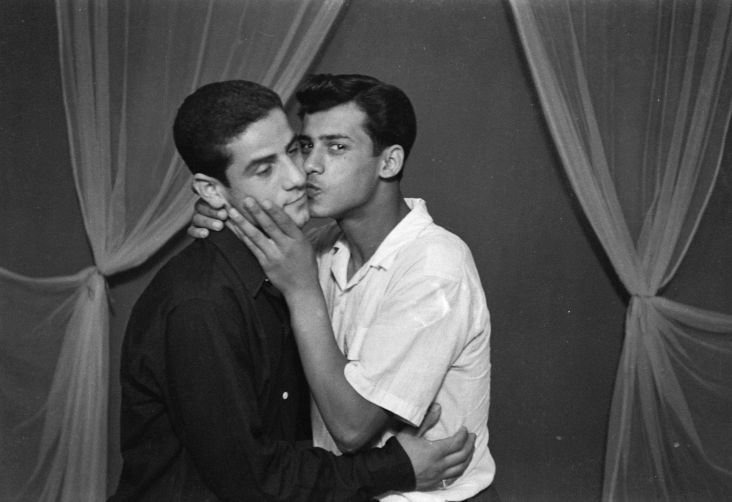Illustrator Yuko Shimizu on starting a creative career in your 30s and keeping home and work life separate
Award-winning New York-based illustrator Yuko Shimizu creates work that combines Japanese heritage with contemporary reference points. The skill and detail in her work are breathtaking and showcases a level of craft and hand-drawing mastery unlike many of her peers.
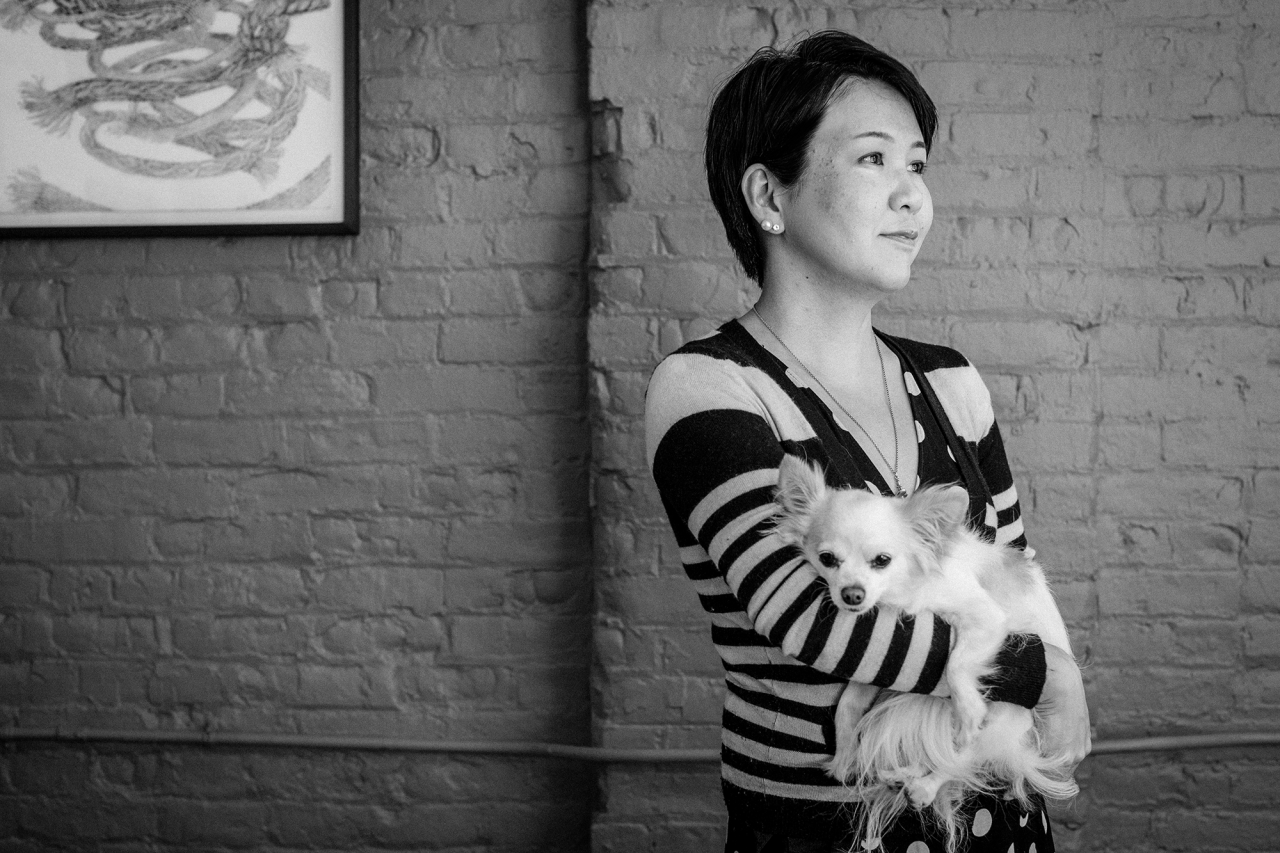
Yuko Shimizu by Catalina Kulczar
Shimizu's client list boasts the likes of Wired magazine, Newsweek and The New York Times; and she's also a frequent collaborator with renowned agencies including Sagmeister & Walsh. Here, she tells us about her fascinating career trajectory, and why her work life and career are best kept well away from one another.
How did you get into illustration?
I’ve always loved to draw, ever since I was little. I always assumed I would become a Manga artist, like any other Japanese kid who loves to draw. But when it came to applying to college, my parents weren’t happy about me going to art school. You know, they are typical parents who worried that art won’t get their daughter a job to pay her bills. I was also young, and not as determined, so I chose a regular university and ended up studying advertising and marketing (not in art, but in business). I thought they were the most creative subjects of the practical world.
I got a job doing corporate PR for a huge corporation who had the main building with thousands of people working there in the centre of Tokyo. I quickly realised working in corporate was not for me, but I didn’t have any other concrete plans. There was a steady paycheck, good benefits, job security… I ended up working there for 11 years. That was definitely not my plan.
Change came when I was around 30, and I was not a ‘kid’ anymore. It was like the first time I started to think like an adult, and think seriously about the future, and I mean far into the future. Would I be happy working in a relatively comfortable job possibly up to retirement? And that thought scared the hell out of me. Then I started seriously thinking ‘what would be the thing I have to do now that would prevent me from having regrets later on?’
Now, as a much older self, I think of life like this: we regret and feel bitter about things we have NOT done, and not about things we have done. We make stupid mistakes in our lives, but most of them – as embarrassing as they are – the pain will eventually go away. The regret of things you didn’t do would haunt you, and the regret and bitterness get larger in your mind as time goes by.
Finally, after 11 years of lukewarm comfort and mediocre job security, I decided to take a chance in trying out in art, which I had always loved. From one point of view, I’ve succeeded, because I am making a living doing this. But even if I didn’t, the bottom line is that at least I have tried. If we try really hard and things don’t work out the way we want them to, we can move on.
I moved with two suitcases to New York from Tokyo and started over with my life. I enrolled myself as a freshman in my 30s, among my 17 and 18-year-old classmates, at School of Visual Arts, started studying art for the first time. Four years later, I received an MFA in Illustration, then started slowly working as a freelance illustrator, with the help of the professors, peers, and those nice illustrators and art directors of NYC who didn’t know much about me but were giving me a helping hand.
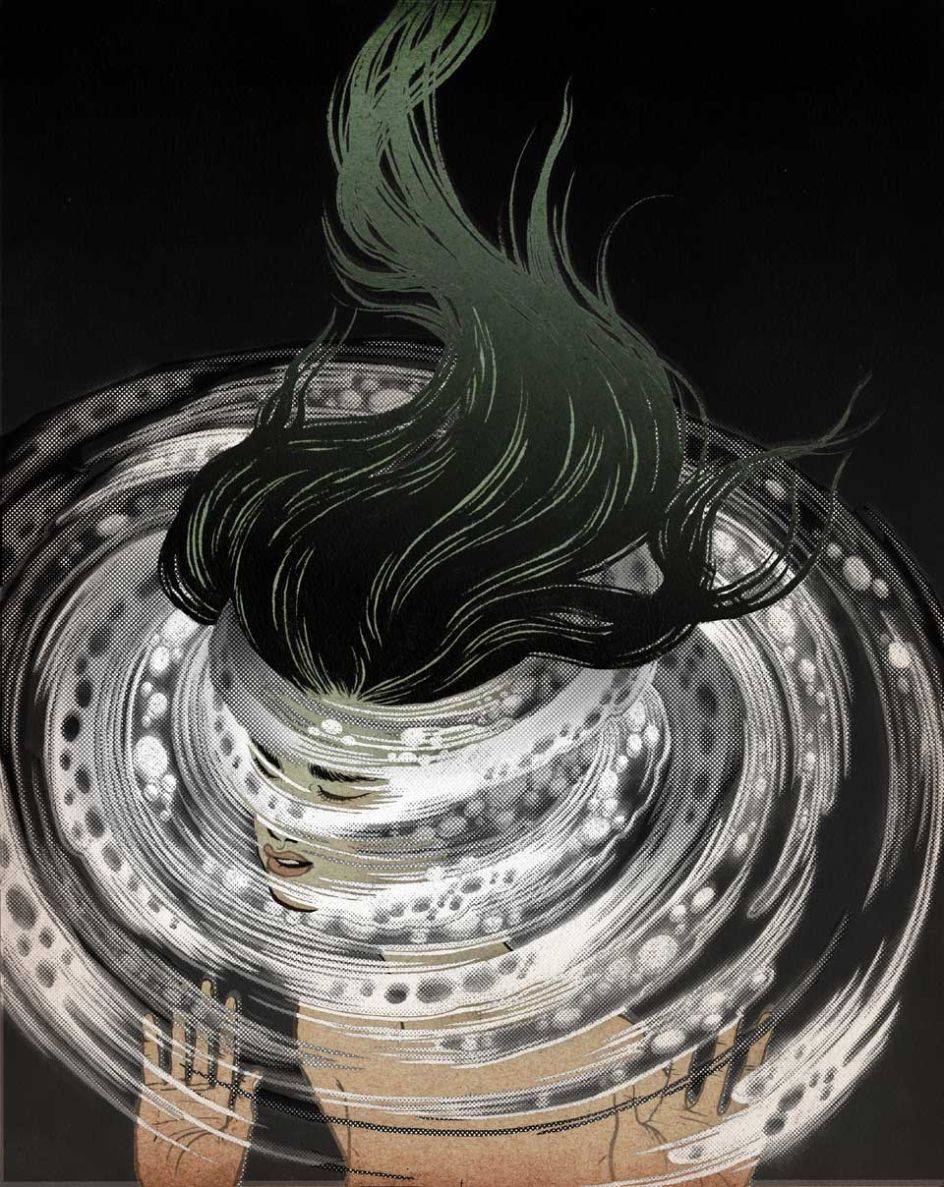
Black Box, for Wired
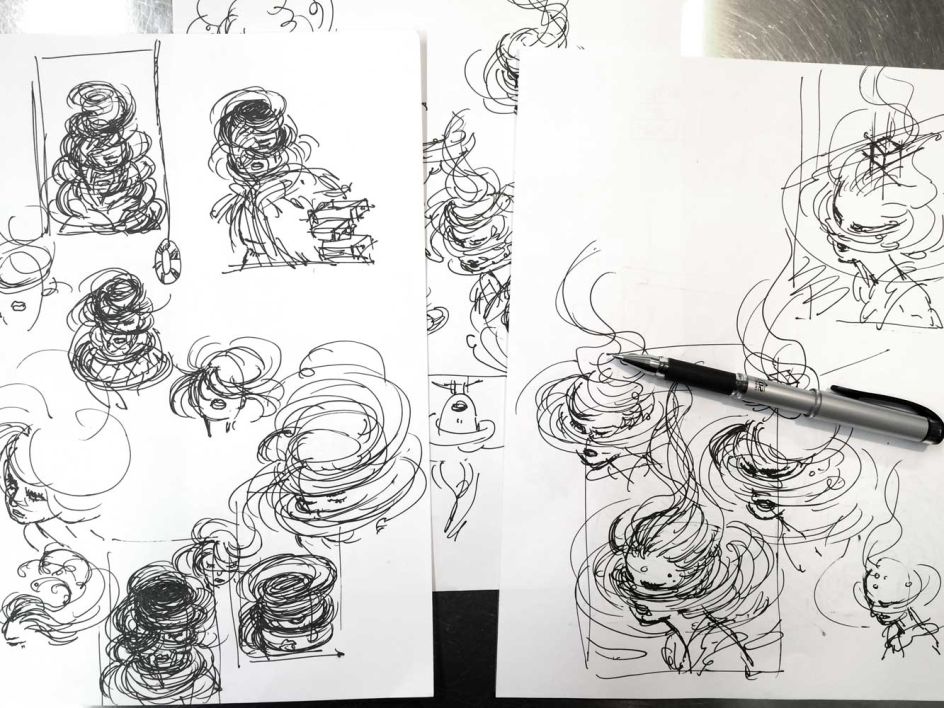
Black Box sketches, for Wired
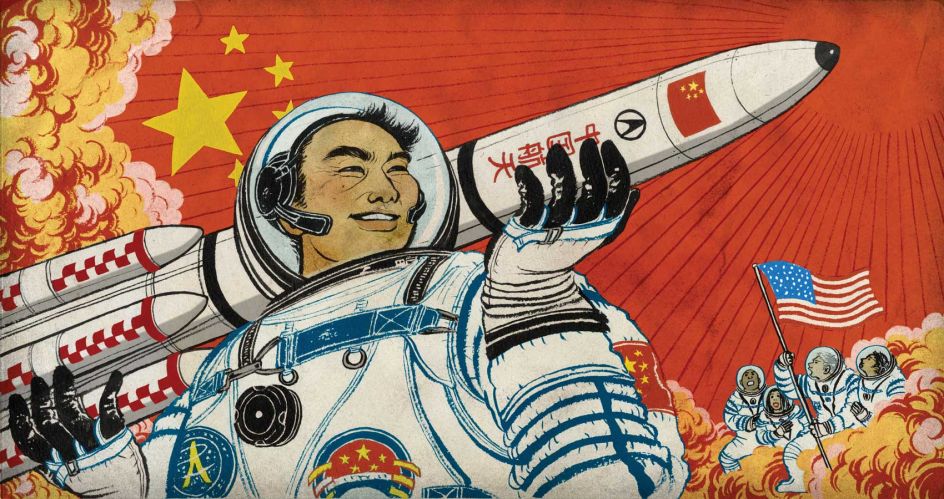
Chinese Rocket, Long March
When did you realise you could make a career out of it?
I am still not sure if I can make a career out of it. Ok, I guess I have made a career out of it, as I paid all my bills with illustration for longer than the number of years I had spent doing corporate PR. But seriously, when no potential client emails me for like two weeks, I often feel ‘this is it, my career is over!’ And I don’t think I will ever shake off this insecurity. I speak with peers in the field, or other fields who also work under their own name, most of them say the same. The fear never goes away, but then, that fear keeps you in check. I would worry more if I ever started to feel like ‘my life is set!’ Nothing is ever set in stone, and that is life.
You know one of the most famous pieces of literature from Japan, The Tale of Heike? It is from the 12th Century during the unstable period of warrior culture. We learn and memorise the opening lines in high school. It says: 'The proud ones do not last long, but vanish like a spring night's dream. And the mighty ones, too, will perish like dust before the wind'.
Everything we need to know was written already like 1,000 years ago.
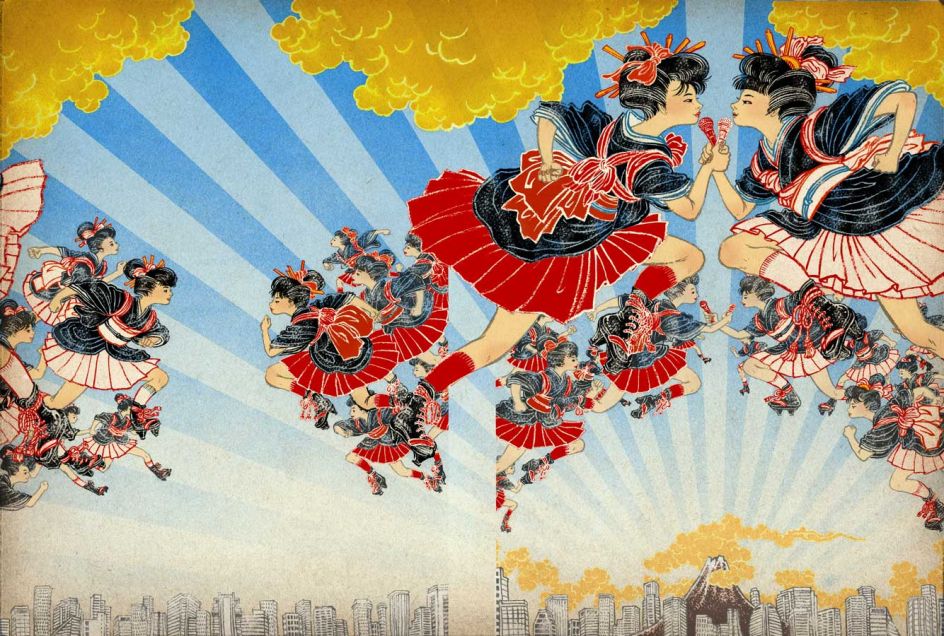
akb48 DVD cover
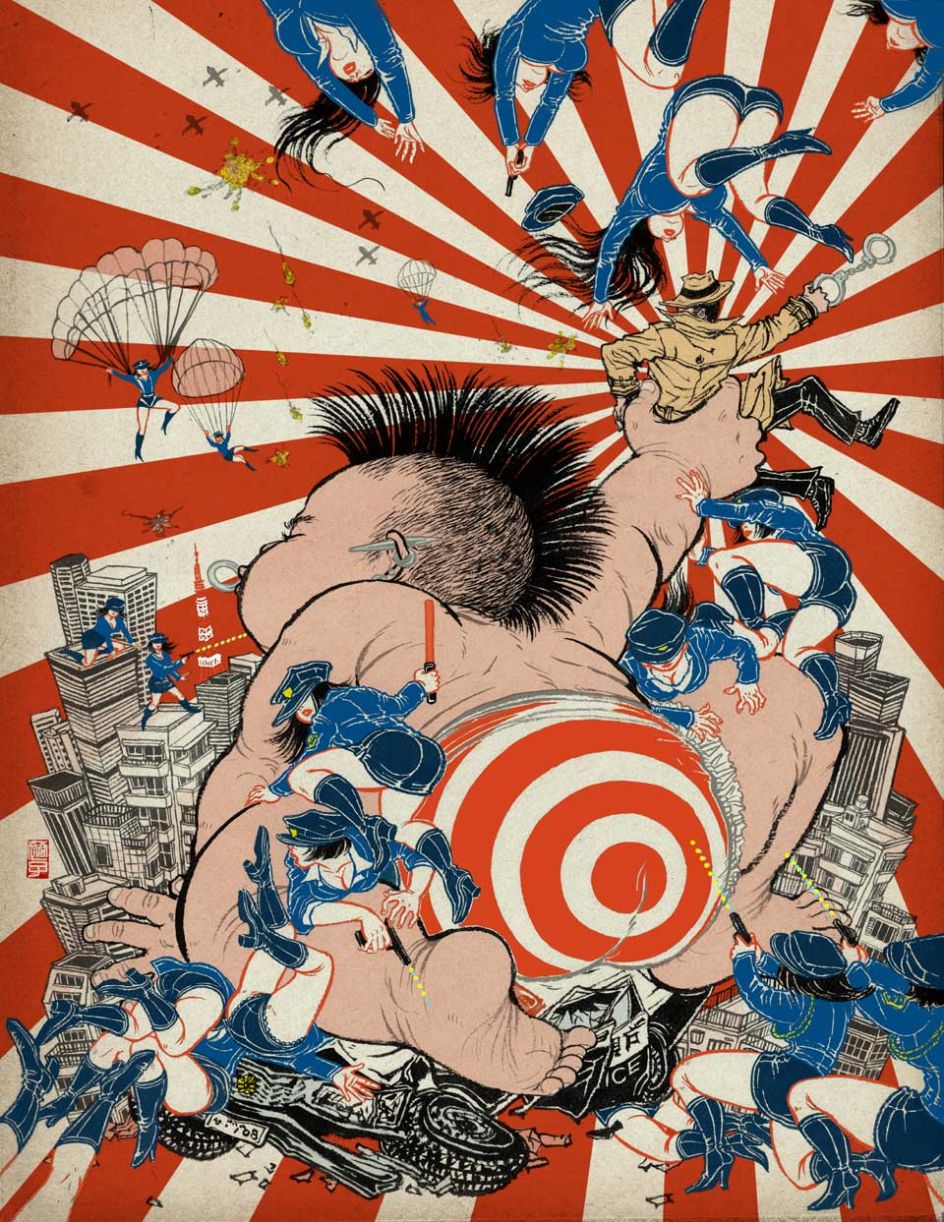
Maximum the Hormone, DVD poster
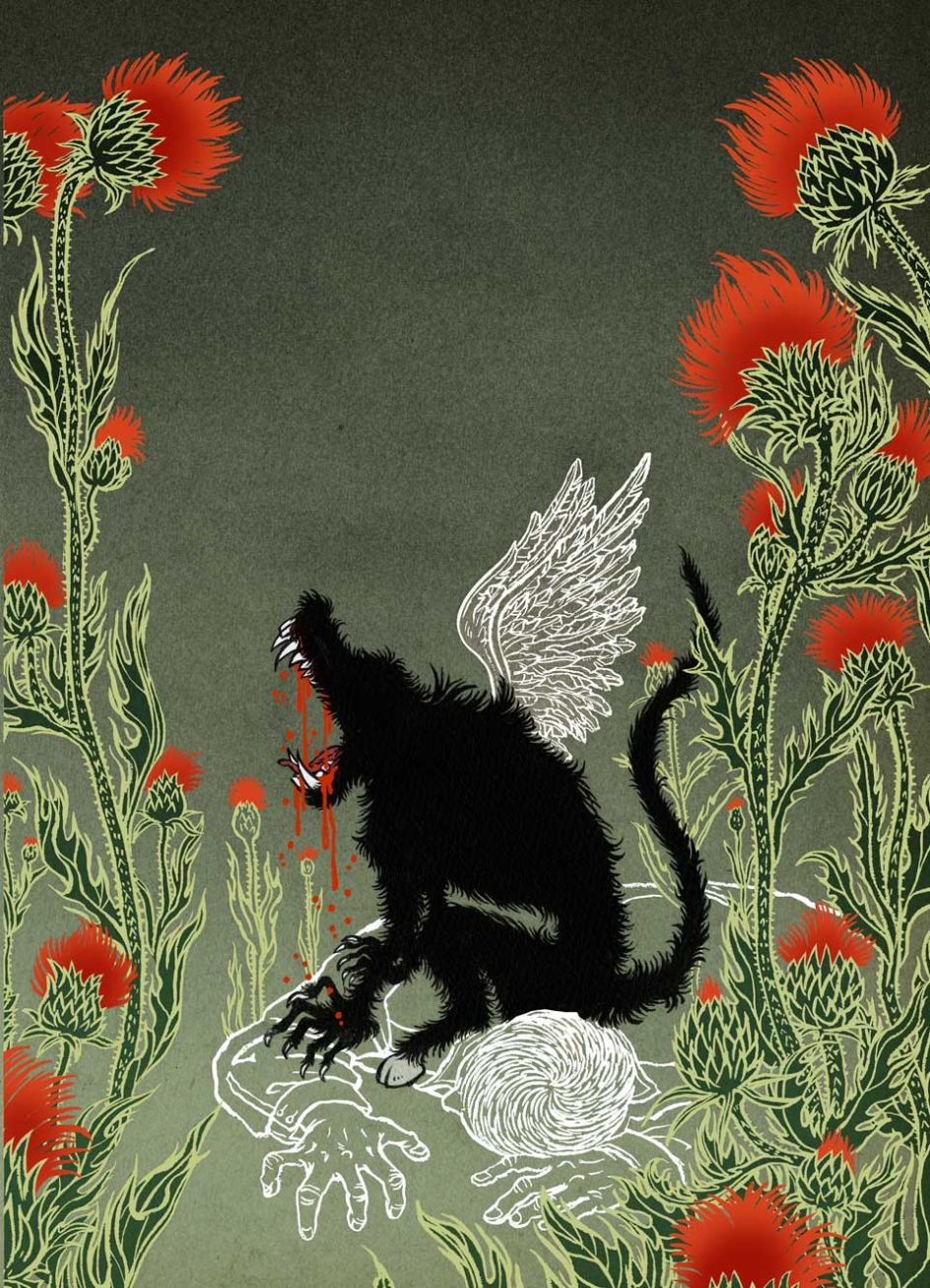
Monstrous Affectations DVD cover
What are the pros and cons of living in New York?
I used to say the pros were the accessibility to the (potential) clients because many are based in NY. But that’s the very year 2000. Now with fast internet and all the web tools available, you really don’t need to be in New York anymore. Which is good, because definitely, the biggest con is the cost of living. It’s getting higher and higher each year. It was already expensive when I moved here in 1999, but honestly, if I tried to do what I did then now, it would not be an option with even higher living costs, and higher tuition fees (I was able to pay both from my savings).
I live in New York because it is still the most wonderful city where everyone from everywhere around the world comes to work toward their various dreams and goals. People here are extremely focused, motivated and hard-working. As an immigrant and a minority female, I have never been anywhere as comfortable being who I am. I had a hard time living in Japan, where being different is not appreciated, and I feel like I found a home.
With the political climate going where it is now, I am not sure at this point I can proudly say I love the USA. But regardless, I can proudly say I LOVE living in New York.
How has the illustration/arts scene changed there since you moved in 1999?
Everything in this world has changed since 1999, so has illustration and art. I won’t get into boring trends and all, but of course, the internet and social media changed everything. There are pros and cons in everything, but the good part is that artists who are their own business can now have a lot more possibilities with how to make a living. Artists (as well as probably any other occupation) are more entrepreneurial than ever.
You teach, too. What do you think are the most valuable things students should learn at art school?
They are in school for four years for a reason. So, there are many things they learn, and we expect them to learn, starting from technique to work ethic to everything else. At the same time, we want them to see the world differently, and provide that different viewpoint to the world as a form of art. That’s very important.
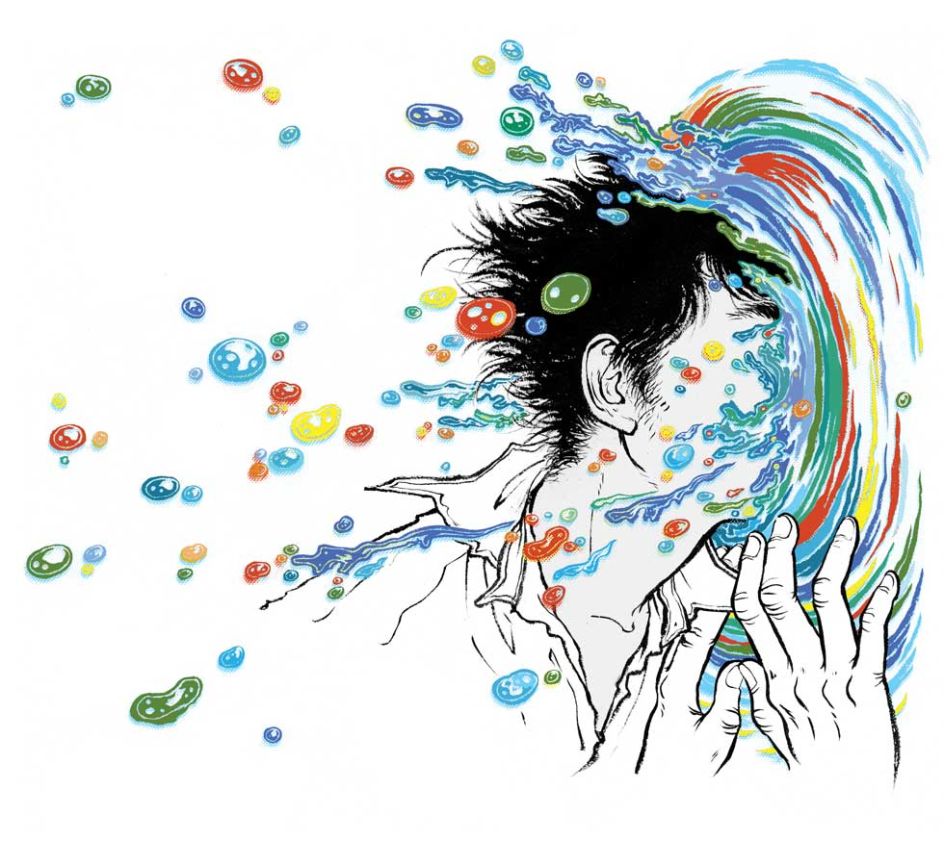
No Dots
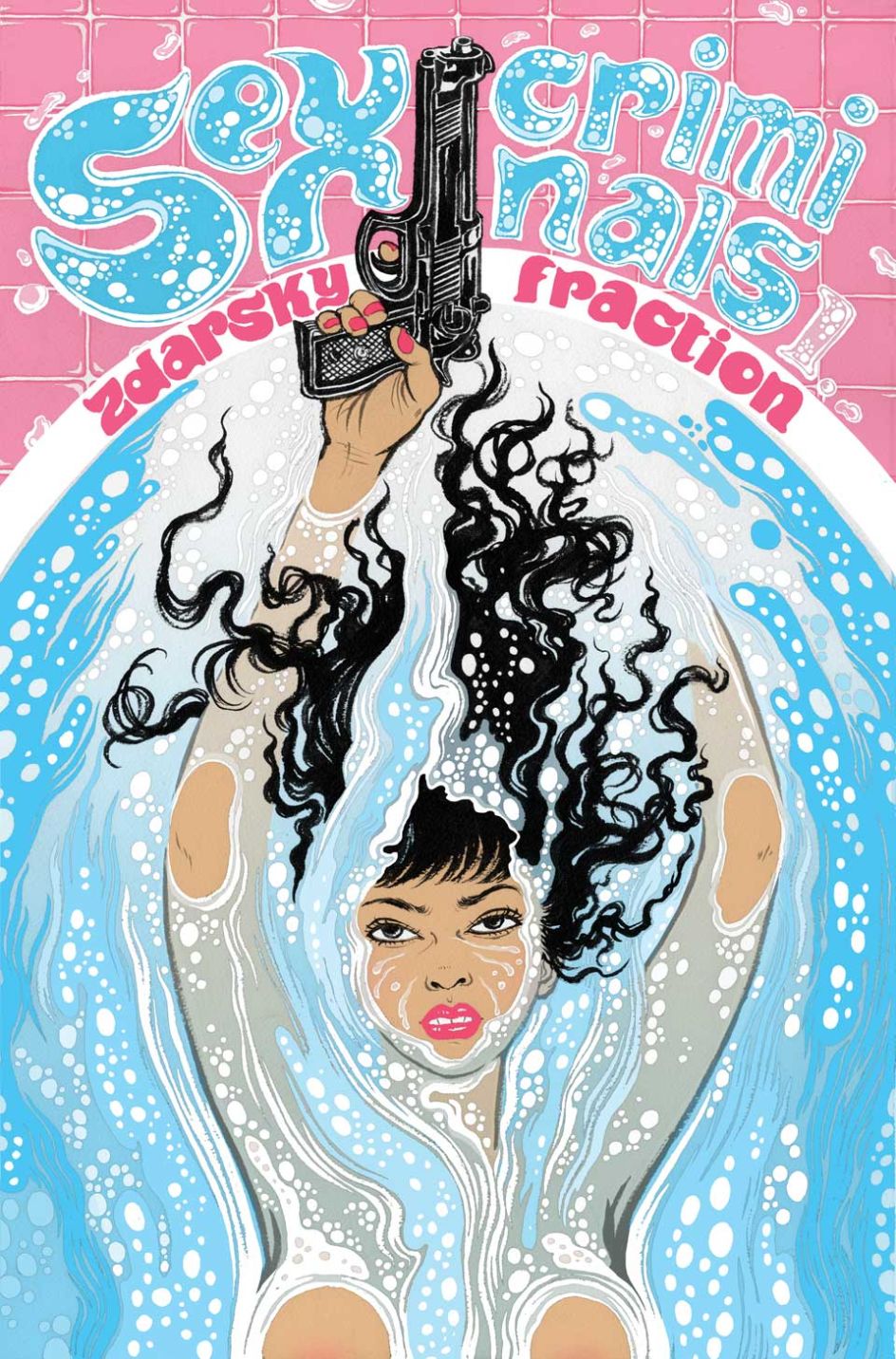
Sex Criminals, Ghost Variant
What makes a fun and a not-so-fun project to work on?
I like it when clients know and trust me as an artist. When the clients just use my style as a tool and don’t let me think or provide my own thoughts and ideas, it’s not as fun.
But then again, working as illustrators means that we encounter various different situations and do our best in each. At the end of the day, we are freelancers and we always have an option to say no to a project. When we say yes, it is our responsibility to do our best.
What is your approach to finding work, and retaining clients?
When we start out, we have to spend a lot of time promoting ourselves. We all do this. I didn’t have a lot of projects but had small amount of money in my savings, so when I didn’t have work, I’d spend free time making promo images, sending out promo cards, updating my website, setting up appointments with potential clients etc. I probably spent more time trying to find work than actually working.
The more work that gets published, the less you need to spend time on self-promotion. The published works act as freely circulating promotional materials. Right now, about 15 years into my career, I have a roster of past clients, recurring clients, clients who have since moved to different jobs, along with circulating illustrations. Luckily, I need to do less work to find work.
I have to be careful though. I am usually so busy meeting deadlines that my main promo tool, my website, does get neglected. I am just too busy to update it, which is not great. I should be on top of it… I keep making these small mistakes, then learn, and make mistakes then learn.
I like when people say ‘if it is easy, everyone is doing it’. Being an artist is not easy, but it is very rewarding.
How would you describe your style?
I don’t really like describing my own work. I leave it to the viewers.
What tools do you use?
All my work is half hand-made, half digital. Drawings are all done on ink and brush on heavy watercolour paper. Then the drawings get scanned onto the computer, and colouring is done on Photoshop.
What's your workspace like? Do you work from home? For you, what makes a good working environment?
I don’t even have internet connection in my home. I (almost) always work in the studio, which is about 20-25 minutes door to door. A short subway ride away. Where I work, I don’t have much personal stuff to distract me. In my home, I don’t have much work stuff. Separation works for me.
What do you wish you'd known as a student that you know now?
I went back to (art) school much later in my life than most of the students, so I am not sure if my experiences as an art student are in sync with students who came straight form high school. I didn’t have a lot of surprises when I graduated, because I graduated like 15 years before already.
But if I can stress one thing, being a freelance artist is not just about making art, but half of it is about running your own small business. I don’t know if students who have never worked really understand this until they graduate and actually have to do it. I also know some artists who took business classes after art school. Very smart. Half of the time, I am doing something other than creating artwork. And whether you like it or not, that is the only way you can be a freelancer.
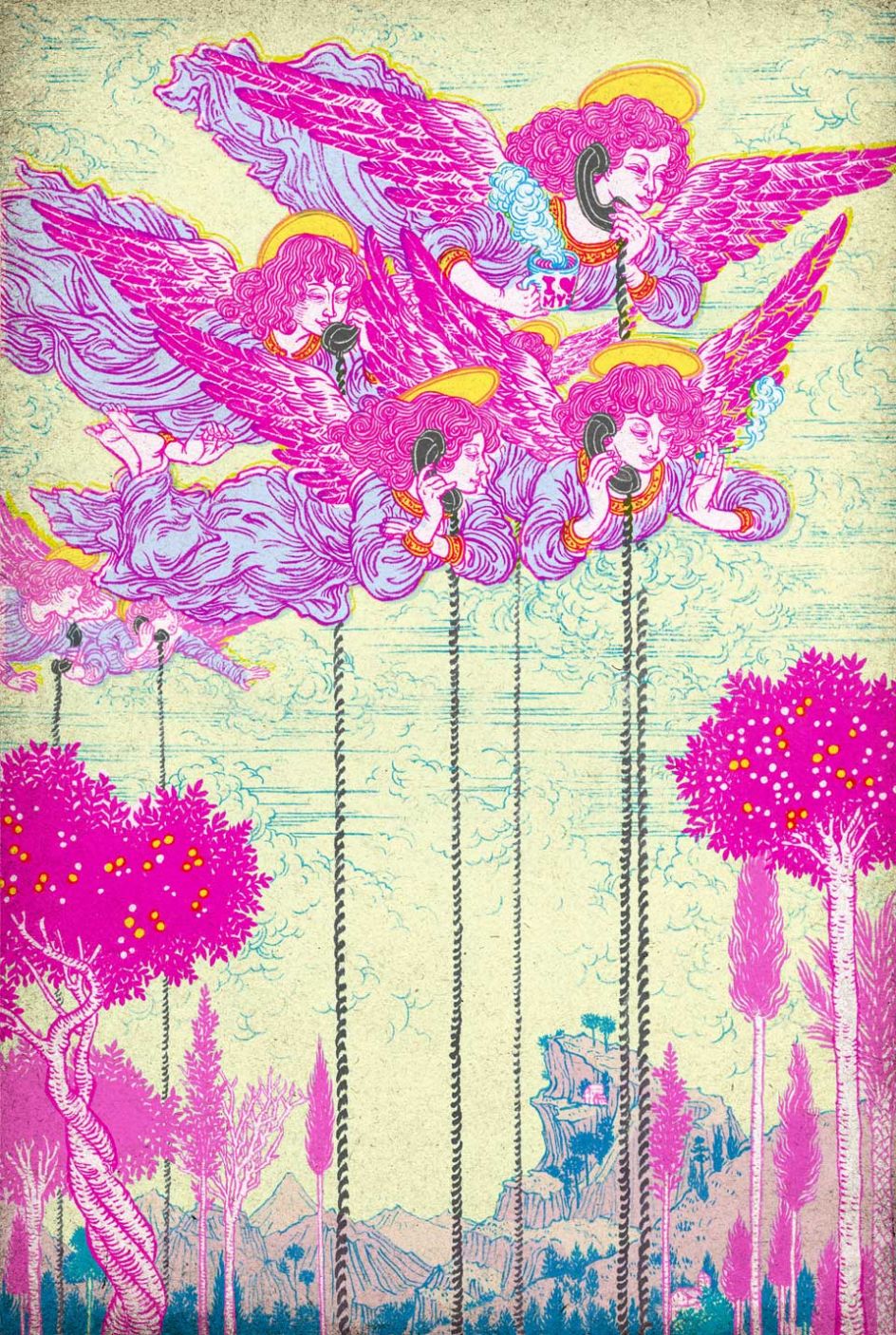
Your Orisons May Be Recorded
If you weren't an illustrator, what would you be doing?
I am not really committed to this for the rest of my life. Don’t get me wrong, I am now. If I find something along the way I feel I am really passionate about, I don’t mind switching directions. As long as I am being creative, and really passionate about it, that is what matters.
Who are you art, design and illustration heroes and why?
At this point, I really don’t look at other illustrators. I am trying to get inspiration from elsewhere.
I think my forever design hero would be Alexander Rodchenko. I use his photos and designs to explain things to illustration students, though Rodchenko was not an illustrator. What’s most important about Rodchenko’s vision was that he always tried to see things from an extraordinary way, even if what he was looking at was an ordinary thing. Providing a new way to see things is crucial to art, and his works, whether in design or photography, was all about that.
I like it when people say ‘if it is easy, everyone is doing it’. Being an artist is not easy, but it is very rewarding.
](https://www.creativeboom.com/upload/articles/c0/c0f4833513a758427120283374013d6da0e2b37d_732.png)















